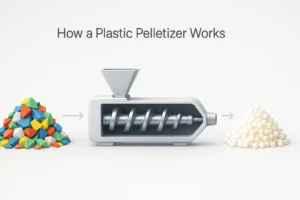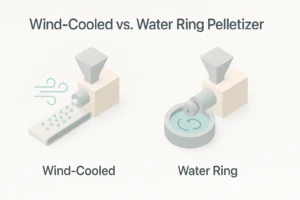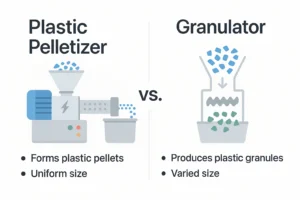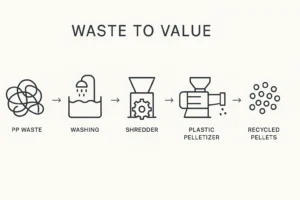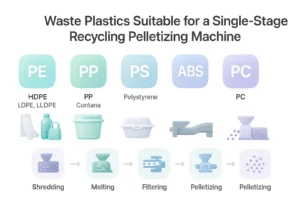Water Ring Pelletising vs Water-Cooled Strand Pelletising: Which is Right for Your PET Production Line?
Introduction Choosing the right pelletising system for your PET production line is a crucial decision that can significantly impact your operational efficiency, product quality, and long-term costs. Among the most widely used methods are water ring pelletising and water-cooled strand pelletising. Each system has its advantages and is suited to different production goals and facility …

